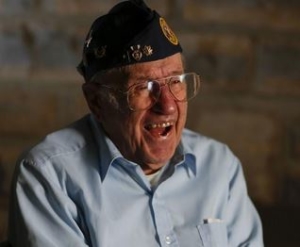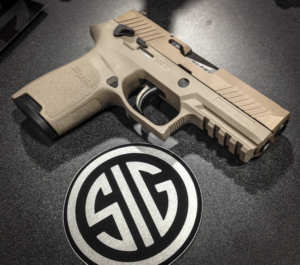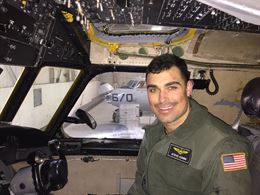
By Debbie Gregory.
At 97, John Bergmann is the last surviving member of the 25-man codebreaking unit that was featured in 2014’s “The Imitation Game.” The Allied codebreaking operation helped turn the tide of World War II.
Bergmann’s service put him in the room with President Franklin D. Roosevelt , Prime Minister Winston Churchill, General Dwight D. Eisenhower and noted mathematician Alan Turing.
The Chicago native had planned to be a certified public accountant, given his love of numbers. But his talents proved more useful elsewhere.
With officials scouring universities for top math students, Bergmann was offered a special assignment with the U.S. Army.
Right after receiving his degree, Bergmann was given aa one-way ticket to Fort Meade, Maryland, where he joined two dozen men who would become part of the Army’s World War II codebreaking operations.
Most of their training came from the British, who had maintained a large interception and codebreaking operation for a number of years in an ultra-secret operation headquartered in one building at Bletchley Park, England – 50 miles north of London.
The service men and women involved in the top secret operation couldn’t share any details of their work with family or friends, and were even given cover stories to prevent disclosure.
“We were very incognito,” Bergmann said. He told friends and family, “I was an accountant doing payrolls in Washington. I’d be living in Fort Meade, but I’d be doing payrolls.”
Most of Bergmann’s time in the military was spent at the Army based in Maryland.
But shortly after completing his initial six weeks of training, which was solely focused on codebreaking, he accompanied a codebreaking team to Pearl Harbor, where he joined a group of Army rangers for a mission near the border of Burma and China.
But one of the Kachin Indians guiding the group set off an explosion that hit Bergmann in the face, costing him an eye. But he continued his valuable work, which he wasn’t allowed to talk about until 1983, when the government lifted the secrecy requirements.
The codebreakers were deciphering messages from the German electro-mechanical rotor cipher machine, called Enigma, and the Japanese version, the Purple Machine. These machines dated back prior to WWI and were used by commercial banks, businesses, and diplomatic organizations who wished to keep their communications coded from competitors’ eyes. Once a code was entered, a roller containing sets of letters rotated, and with three such rollers (later models had many more rollers) there were 17,000 code combinations available. Each letter was entered manually on a keyboard similar to an old manual typewriter. The message was sent, and the receiving unit would automatically decode it when its rollers had been set using the same code.
Sounds daunting, unless, like Bergmann, you’re a math genius.

























